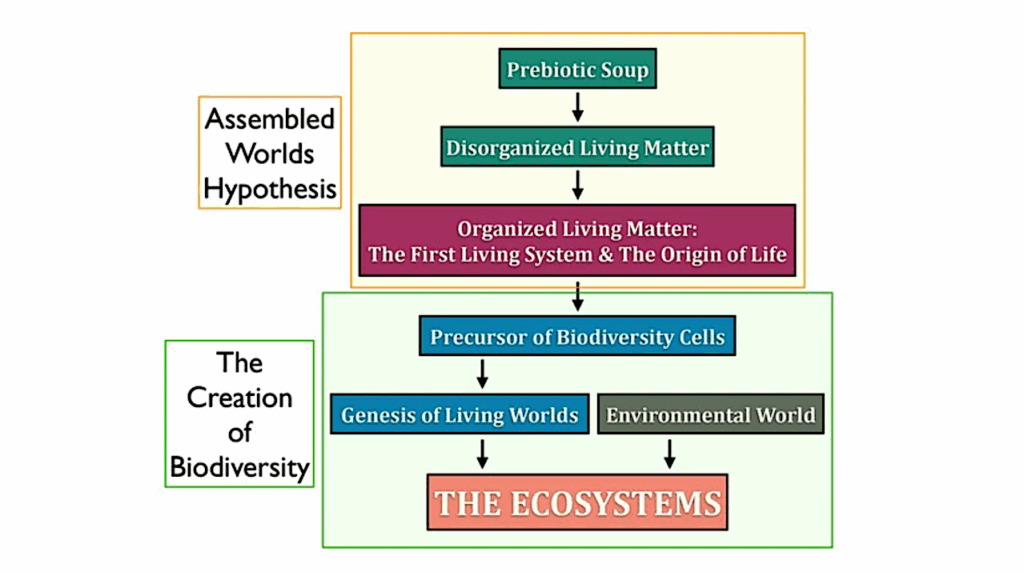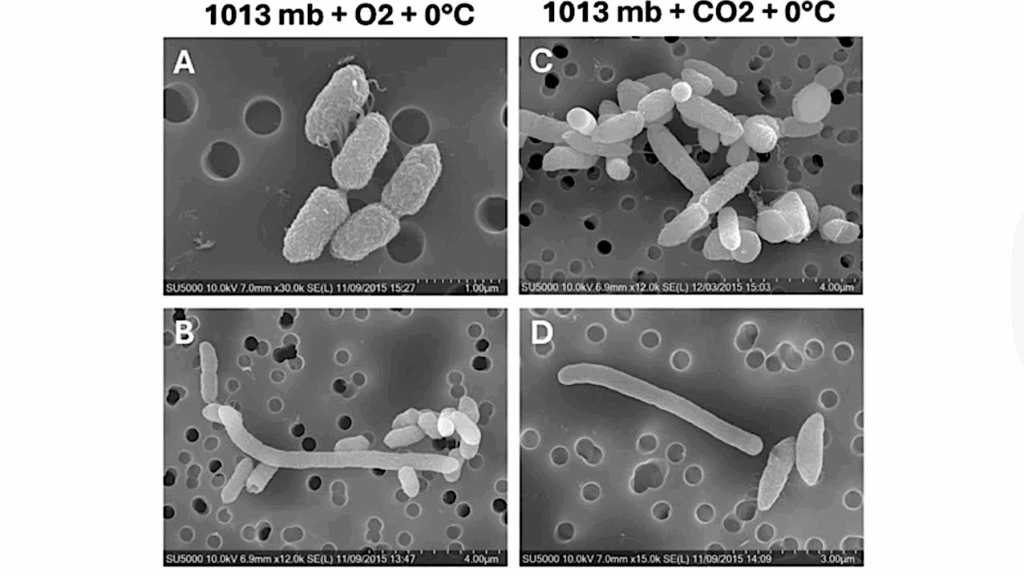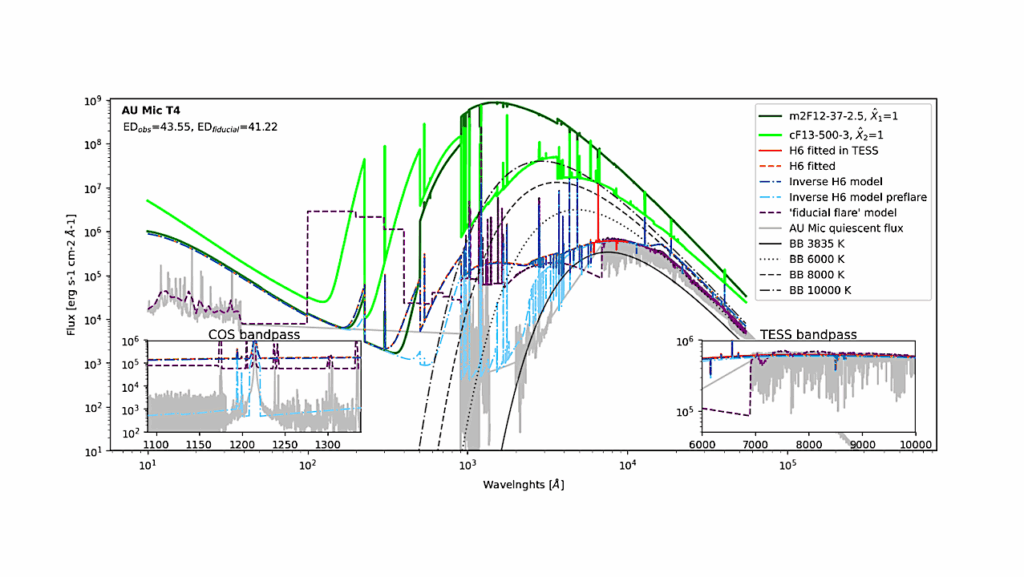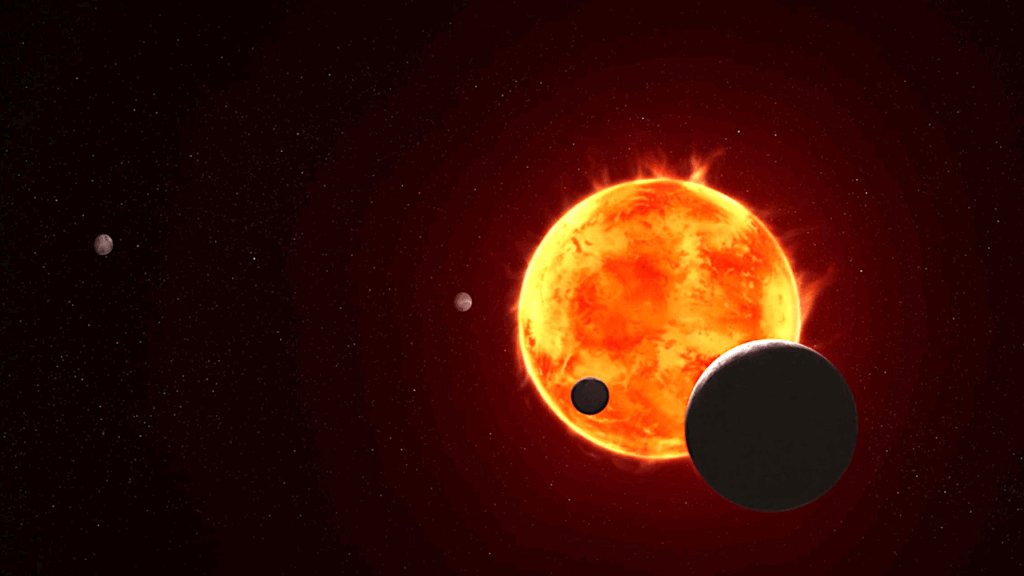Atmospheric Chemistry of Secondary and Hybrid Atmospheres of Super Earths and Sub-Neptunes

The atmospheres of small exoplanets likely derive from a combination of geochemical outgassing and primordial gases left over from formation.
Secondary atmospheres, such as those of Earth, Mars and Venus, are sourced by outgassing. Persistent outgassing into long-lived, primordial, hydrogen-helium envelopes produces hybrid atmospheres of which there are no examples in the Solar System.
We construct a unified theoretical framework for calculating the outgassing chemistry of both secondary and hybrid atmospheres, where the input parameters are the surface pressure, oxidation and sulfidation states of the mantle, as well as the primordial atmospheric hydrogen, helium and nitrogen content.
Non-ideal gases (quantified by the fugacity coefficient) and non-ideal mixing of gaseous components (quantified by the activity coefficient) are considered. Both secondary and hybrid atmospheres exhibit a rich diversity of chemistries, including hydrogen-dominated atmospheres.
The abundance ratio of carbon dioxide to carbon monoxide serves as a powerful diagnostic for the oxygen fugacity of the mantle, which may conceivably be constrained by James Webb Space Telescope spectra in the near future.
Methane-dominated atmospheres are difficult to produce and require specific conditions: atmospheric surface pressures exceeding ∼10 bar, a reduced (poorly oxidised) mantle and diminished magma temperatures (compared to modern Earth).
Future work should include photochemistry in these calculations and clarify the general role of atmospheric escape. Exoplanet science should quantify the relationship between the mass and oxygen fugacity for a sample of super Earths and sub-Neptunes; such an empirical relationship already exists for Solar System bodies.
Meng Tian, Kevin Heng
Comments: 24 pages, 23 figures, 1 table
Subjects: Earth and Planetary Astrophysics (astro-ph.EP); Atmospheric and Oceanic Physics (physics.ao-ph); Geophysics (physics.geo-ph)
Cite as: arXiv:2301.10217 [astro-ph.EP] (or arXiv:2301.10217v1 [astro-ph.EP] for this version)
Submission history
From: Kevin Heng
[v1] Tue, 24 Jan 2023 18:45:55 UTC (5,198 KB)
https://arxiv.org/abs/2301.10217
Astrobiology, Astrochemistry








